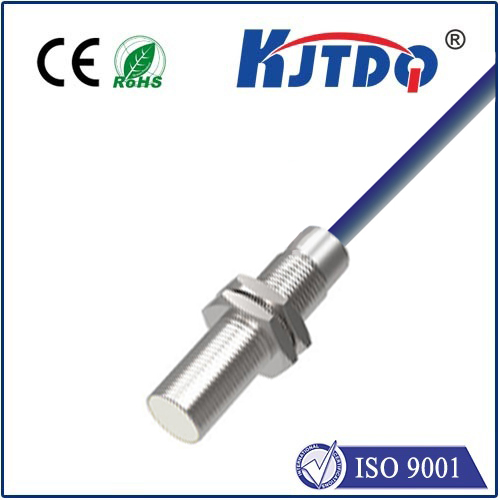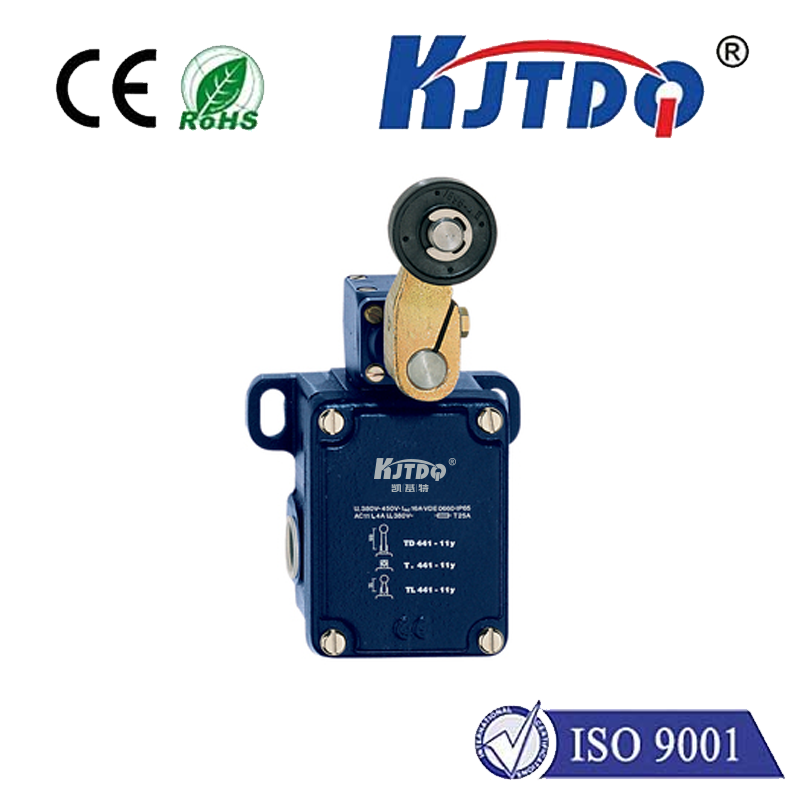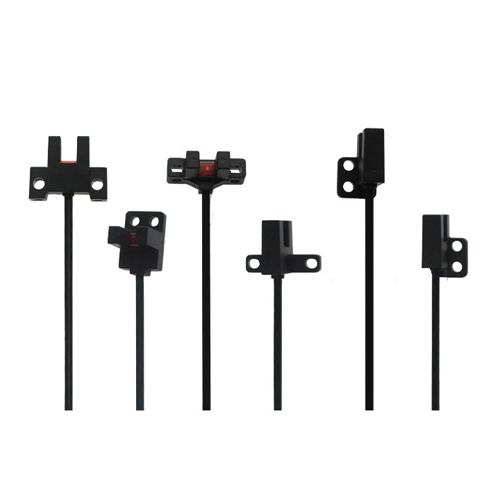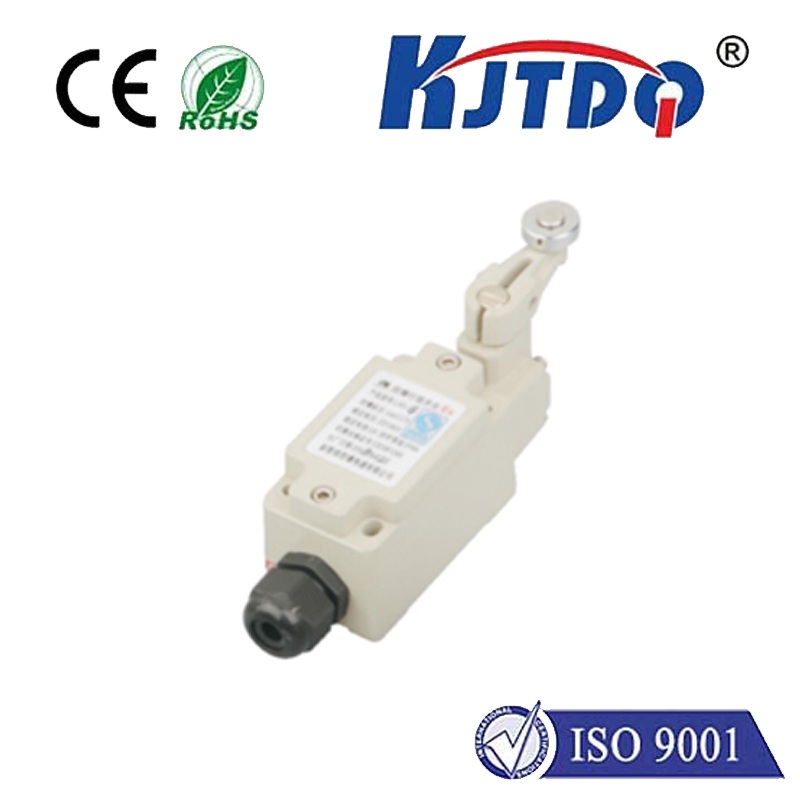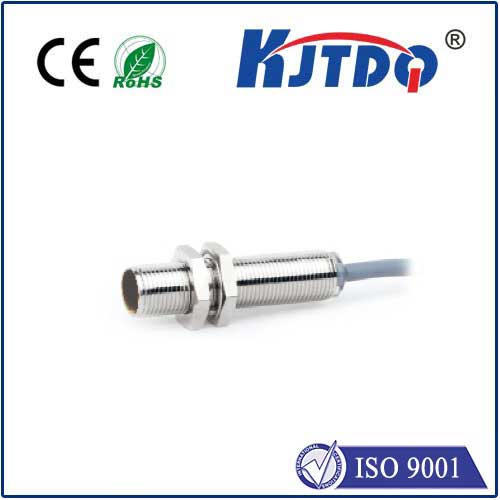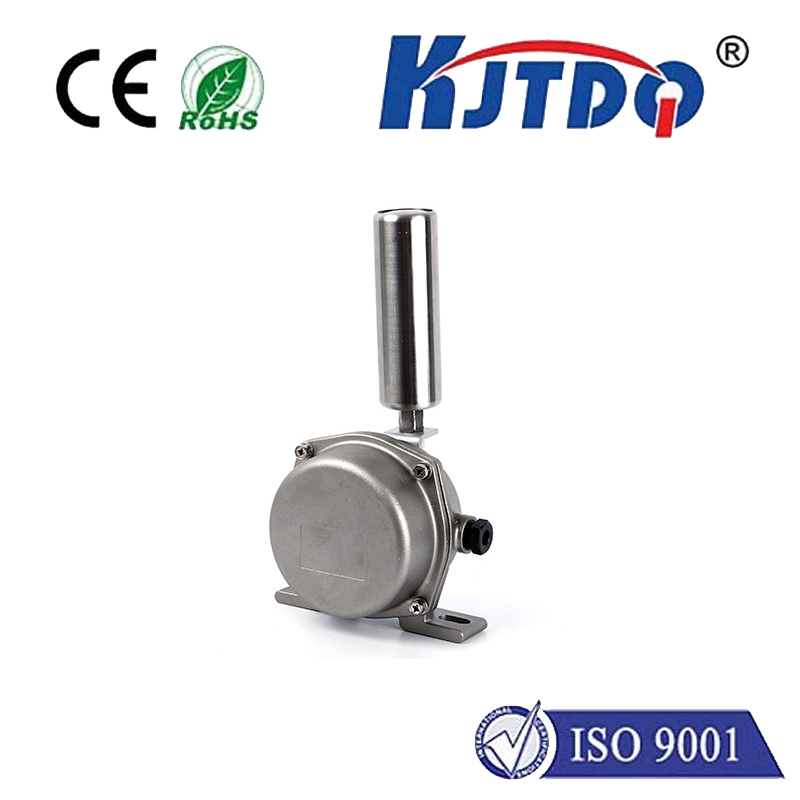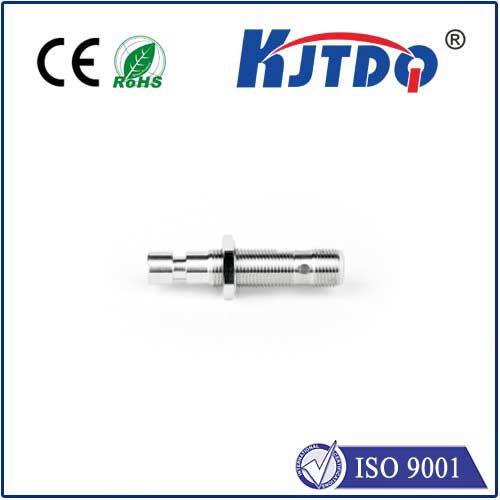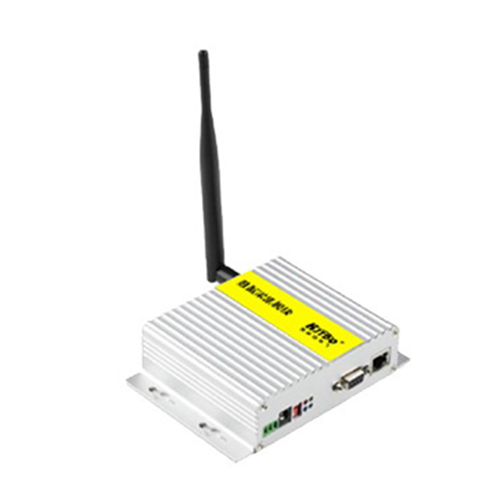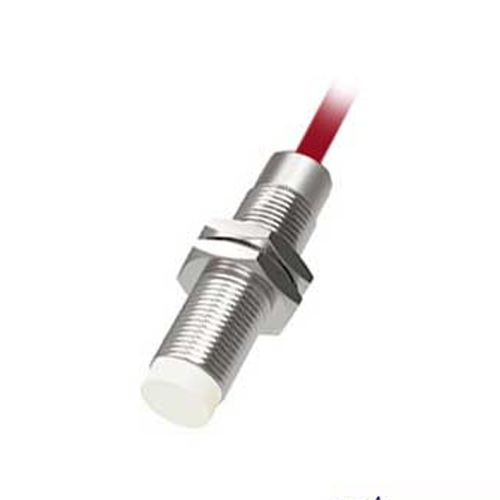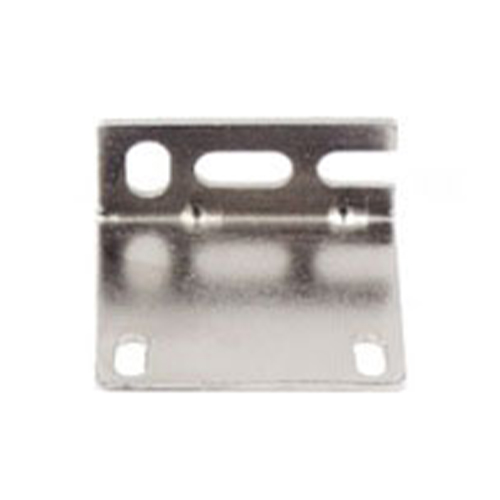

check

check

check

check
Introduction: When Factory Pressures Rival Ocean Depths
In the demanding heart of modern industry – where hydraulic systems roar, presses exert colossal force, and processes operate under pressures echoing the deep sea – reliable sensing isn’t just convenient, it’s mission-critical. Failure isn’t an option. This is the domain where specialized components like the BES01W3 high pressure proximity sensor step into the spotlight. Designed to perform flawlessly where standard sensors falter, this sensor is engineered to detect the presence or absence of metallic objects with unwavering precision, even when submerged in hydraulic fluids or grease, under immense external pressure. Understanding its capabilities is key to unlocking robustness in the most challenging applications.
Navigating the Pressure Gauntlet: Why Standard Sensors Fall Short
Standard inductive proximity sensors excel in countless applications. However, subject them to continuous high external pressure, particularly from liquids like hydraulic oil or grease, and their limitations become starkly apparent. Traditional housings and sealing methods can succumb to pressure-induced deformation. This deformation can physically push the sensor’s sensing face or internal components, critically altering its sensing distance or, worse, causing catastrophic failure. Leaks become a real threat, contaminating sensitive systems and leading to costly downtime and repairs. The BES01W3 is explicitly designed to eliminate these vulnerabilities.
The BES01W3: Engineered Resilience for Demanding Applications
The BES01W3 high pressure proximity sensor represents a category of sensors specifically hardened against these environmental extremes. Its robust design incorporates several key features:

Core Technology: Inductive Sensing Under Pressure
At its heart, the BES01W3 utilizes robust inductive proximity sensing. This non-contact technology generates an oscillating electromagnetic field from its face. When a metallic target enters this field, it induces eddy currents within the target, causing a measurable change in the oscillator’s amplitude or frequency, which the sensor’s electronics detect and convert into a switching signal (e.g., PNP or NPN output). The brilliance of the BES01W3 lies in ensuring this fundamental process remains stable and precise, immune to the distorting effects of high external pressure.
Where the BES01W3 Proves Indispensable: Key Application Areas
The unique resilience of the high pressure proximity sensor like the BES01W3 makes it vital in sectors where pressure and harsh media are constants:
Key Specifications Defining Performance (Illustrative - Verify for Specific Models)
Understanding the BES01W3’s capabilities often involves these core parameters:
Beyond Pressure: Additional Resilience Factors
The high pressure proximity sensor often boasts features that complement its pressure rating:
Installation and Longevity: Maximizing Performance
Proper installation is paramount for the BES01W3 to deliver its full potential. Ensure the mounting hole is precise and clean, respecting the specified flush or non-flush mounting requirements. Avoid mechanical stress on the cable or connector. Regular visual checks for physical damage and cleaning of the sensing face from excessive buildup will contribute significantly to long-term, reliable operation. Its robust construction inherently translates to reduced maintenance needs and increased system uptime.
The Future is Demanding: Why the BES01W3 Matters
As industrial processes push further into extreme conditions – higher pressures, faster cycles, more compact machinery, harsher environments – the demand for sensors like the BES01W3 high pressure proximity sensor will only intensify. It represents more than just a component; it’s an enabler of safety, precision, and efficiency in applications where failure carries significant cost and risk. Whether optimizing a hydraulic press line, ensuring subsea equipment functions flawlessly, or guaranteeing hygiene in high-pressure food processing, the ability to detect reliably under immense pressure is fundamental. Choosing a sensor purpose-built for the challenge, like the proven BES01W3, is an investment in operational resilience and performance.
